- The Medica Wetland is the most typical plateau lake, swamp, and meadow wetland in northern Tibet
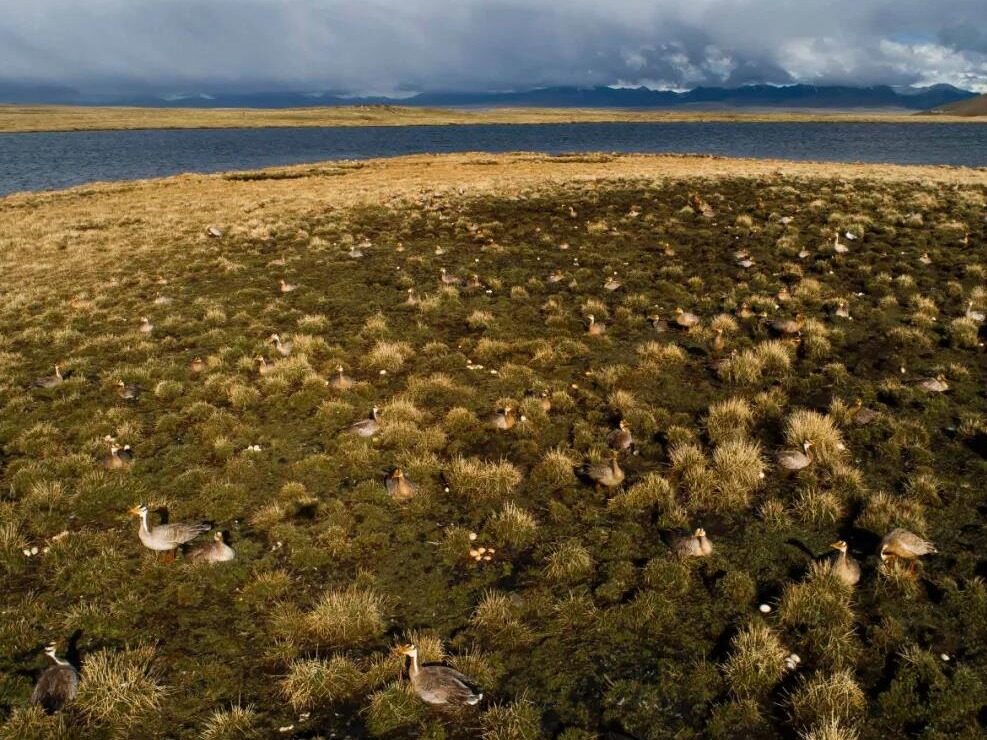
The Medica Wetland is the source of the Lhasa River. There are more than 200,000 migratory birds in the Medica wetland every year, among which 20,000 waterfowl live regularly. In the Medica Basin of Cuola Township, Jiali County, Tibet, the internationally important wetland-Medica Wetland is embedded in it.
Medica Wetland
In the Medica Basin of Medica Township, Jiali County, Tibet, the internationally important wetland-Medica Wetland is embedded in it. The Medica Wetland was designated as an internationally important wetland by the International Convention on Wetlands in 2004, and was included in the "List of Internationally Important Wetlands" in 2005, and is currently a national wetland reserve. Medica means places like horseshoe prints in Tibetan, and wetlands are like puddles stepped out by horseshoes.

The Medika Wetland is located in the Medika Basin in the Medika Township of Jiali County. The basin is located in the plateau mountainous area of the northern Tibet plateau and the high mountain valley area in the east of Tibet. The source of the three major water systems in the upper reaches of Xu Daqu and Mai Di Zangbo in the upper reaches of the Lhasa River. The Medica Wetland is a plateau pasture, a natural wetland, dominated by alpine swamps, alpine meadows, and lake wetlands. The soils are mainly alpine meadow soil and subalpine meadow soil, and alpine meadow soil is a zonal soil type. The Medica Wetland is a super large wetland nature reserve, and the area where the protected area is located belongs to the Maidika Township of Jiali County.
Nalinga Village, Maidika Township, Jiali County, is the first village of the source of the Lhasa River. To the northeast of the village is Pengcuo at the source of the Lhasa River. Pengcuo is surrounded by mountains, and the Kongmaduo Mountain, which is more than 6000 meters above sea level, is adjacent to the north of Pengcuo. The Gangbala Mountains and Pengcuola Mountains are vast, and the clear springs flowing from the small valleys flow into Pengcuo below the mountains.
Pengcuo reflected by the snow-capped mountains, sparkling waves glowing with deep blue brilliance. Flowing out from Pengcuo is Maidi Zangbu, which stretches for more than 180 kilometers, which is the source of the Lhasa River. Pengcuo is also surrounded by summer pastures and Medica wetlands. This is a sub-frigid plateau monsoon climate zone, with high cold and lack of oxygen, wind and snow in winter and spring, and it is the center of strong snowfall in the northern Tibetan Plateau. But in summer, the plants are beautiful and the scenery is charming.
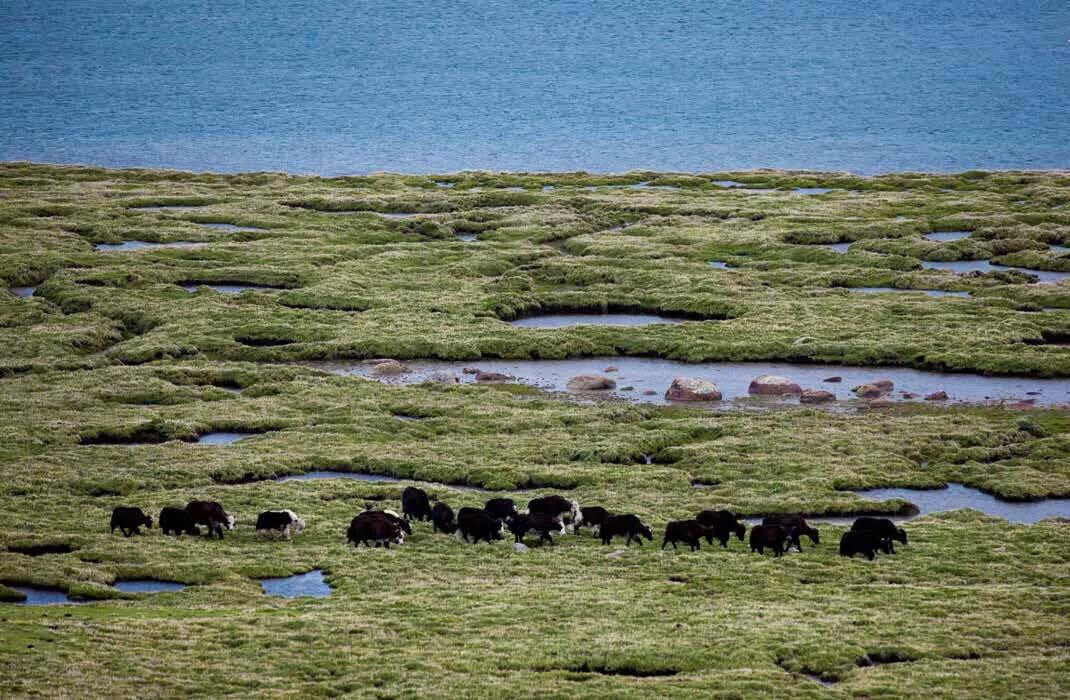
This is the source of the Lhasa River and the pasture and medicar wetland with abundant water and grass in summer.
The Medica Wetland is the source of sacred mountains, ideal fertile soil, and a pearl in northern Tibet, beautiful and rich. The total area of the Medica Wetland is 89,540 hectares. There are more than 260 lakes of various sizes scattered in the wetland, and more than 180 are named, and the largest lake is Pengcuo, which is located in the core of the wetland.
Among them, there are 39 lakes with an area of more than 10 hectares. The total area of Medica Lake wetland is 4200 hectares, accounting for 19.03% of the total wetland area. The average elevation of the lake surface is 4900 meters, and the water storage capacity of the lake is as high as 250 million cubic meters. Swamp wetlands are mainly distributed on the lakesides of various lakes and on both sides of Medizangpo, covering an area of 17,411 hectares, accounting for 78.85% of the total area of wetlands. The river wetland area is 649 hectares, accounting for 2.12% of the total wetland area. The moraine hills in the wetland are undulating, drum hills and sheep's back rocks are widespread, and small lakes are dotted around. It is the most typical plateau lake, swamp, and meadow wetland in northern Tibet.

The Medica Wetland is a habitat and breeding ground for many waterfowl and other creatures. There are 98 species of vertebrates in the area, including 70 species of birds. The ecological system in the area maintains a sound natural state. There are many wild animals here. Both wolves and bears may encounter them. There are also rare wild animals such as Tibetan gazelle, rock sheep, argali, wolf, lynx, brown bear, etc., including 28 species of national key protected wild animals, national level I Key protected animals include golden eagles, jade belt sea eagles, vultures, black-necked cranes, snow leopards, Tibetan wild donkeys and horse musk deer.
There are more than 200,000 migratory birds in the Medica wetland every year, among which 20,000 waterfowl live regularly. It is of great significance to the migration and reproduction of black-necked cranes, red ducks, bar-headed geese, common mergansers, brown-headed gulls and other waterfowls. It is also the easternmost reproduction of the western population of black-necked cranes, a national I-level key protected wild animal. land. In May and June each year, flocks of black-necked cranes and bar-headed geese return here to live, breed, and fly freely on the grass.

The Medica wetland is an important food base for fish in the wetland, and it is also a spawning ground, nursery and migration route for fish in the wetland. Due to the limitation of climate and other conditions, the Medica wetland is not very rich in plant species. Among them, the Gramineae has the largest number, followed by Compositae and legumes, mainly Kobresia north Tibet. The associated plants are Carex North Tibet, Kobresia Himalayan, Kobresia longiformis, Primula tibetensis, Blue and White Dragon Gallbladder, plateau buttercup, sea milk vegetables, etc., are all typical wetland plants in northern Tibet.
The Medica wetland in Tibet plays a direct role in local water and soil conservation, preventing seasonal floods, blocking upstream sediments and forming high-productivity meadows and marsh-type wetlands. It is also an important water source for local herders and livestock.
Ancient glaciers create great landscapes
At the source of the beautiful Lhasa River is the Medica Basin surrounded by the Nyainqentanglha Mountains. The basin is like a cornucopia, with flat terrain in the middle, wetlands developed, and water conservation; surrounded by mountains, glaciers cut troughs and drums. The eroded landforms of glacial hills, Yangbeiyan, etc. are clearly visible. Later, as the Qinghai-Tibet Plateau continued to uplift, rivers were cut down and gradually developed into valley glaciers. Mountain glaciers were cut, eroded and accumulated, forming the current beautiful and spectacular glacial landscape of the mountains around Jiali County.

1. Glacier; 2. The ancient ice cap of Medica during the penultimate ice age.
In the 1970s, Zheng Benxing and Li Jijun of the Qinghai-Tibet Plateau Scientific Research Team of the Chinese Academy of Sciences first discovered the special ancient glacier type of basin glaciers in the Medica Basin surrounded by the Nyainqentanglha Mountains, the source of the Lhasa River. The glaciers there originate from the mountains and converge into the basin and fill the basin, and then flow to the southwest, leaving groups of drum mounds. It is a rare glacial landscape in western China.
In terms of geological structure, the Medica Basin is located to the north of the famous Jiali fault zone. Due to the southeast extrusion from the Himalayas, the Medica Basin as a whole is uplifted. Because the faults block the Himalayan tectonic movement, the river undercutting mainly occurs in the faults. The southern river valley; while the Medica Basin is in the prime of its topography, maintaining a good planation and wide valley topography, which laid the geological and topographical conditions for the formation of overlying glaciers.
At the end of the Middle Pleistocene, an interglacial climate appeared, and the action of flowing water was unprecedentedly active. At the same time, the mountains were uplifted strongly again, and the mountain rivers around the basin were further deepened. This period belongs to the period of large topographic cutting. After that, entering the penultimate glacial period at the end of the Middle Pleistocene, the mountains headed by the Nanga Bawa Peak were sufficient to form a natural barrier for the monsoon from the south, and the large cutting of the topography also made the valleys near the north-south direction in the lower reaches of the Yarlung Zangbo River into the south. The natural passage of the incoming air flow enables the water vapor and heat from the south to be continuously transported to the interior of the plateau through the valley, forming a tongue-like rainy belt protruding northward in southeastern Tibet, and the water vapor extending northward along the passage is at the high level of Medica. Covering glaciers are formed in the basin.

Landscape distribution map of ancient glacier relics in Medica
The Medica Ice Cap Glacier is a marine glacier with strong glacier activity, leaving a large number of glacial eroded landforms such as drum mounds and glacial mountains in the basin. When the last interglacial period reached 130,000 years ago, the climate was humid, the glaciers in the Medica Basin disappeared, and the Pengcuo glacial lake formed in the center of the basin. Subsequently, the mountains continued to uplift and entered the last glacial period about 70,000 years ago. Valley glaciers developed in the mountains around the basin. By the interglacial climate warming, the glaciers retreated, forming arc-shaped terminal moraines overflowing the valley glaciers in the valley, and the upper and middle reaches of the valley. There are also icy lakes where they grew up.
Entering the Holocene, several New Ice Ages and Little Ice Ages only formed glaciers in the surrounding mountains, and basin glaciers did not reach the basin. With the withdrawal of glaciation, a large amount of melted ice and snow accumulated in the Medica Basin. Lakes and rivers formed by glaciation began to develop lakes, rivers, swamps and wetlands, and permafrost developed in high terrain.
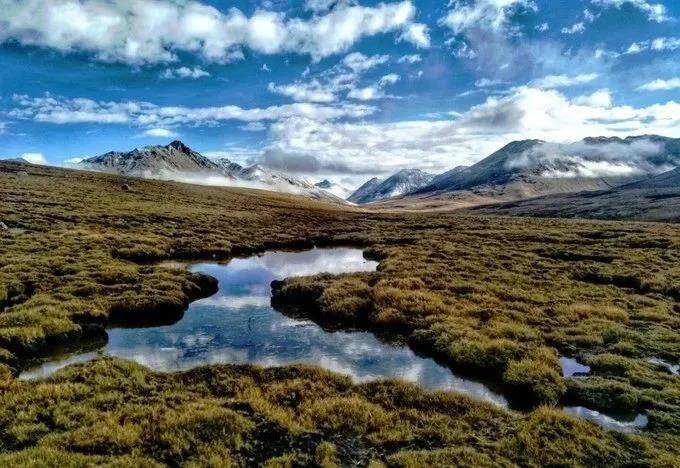
The Medica Wetland is an important water conservation area for the source of the Lhasa River and an important alpine wetland distribution area in China. The wetlands in the region have important ecological functions such as ecological water storage, water supply, and climate regulation. The topography and sediments formed by ancient glaciers in Medica laid the material foundation for the development of wetlands. The extensive development and distribution of permafrost is one of the important environmental conditions for the formation of alpine swamps in the Maidizangbu watershed. Frozen soil and its nurturing alpine marsh wetland and alpine meadow ecosystem have significant water conservation functions and are important factors for stabilizing the water cycle and river runoff in the river source area.
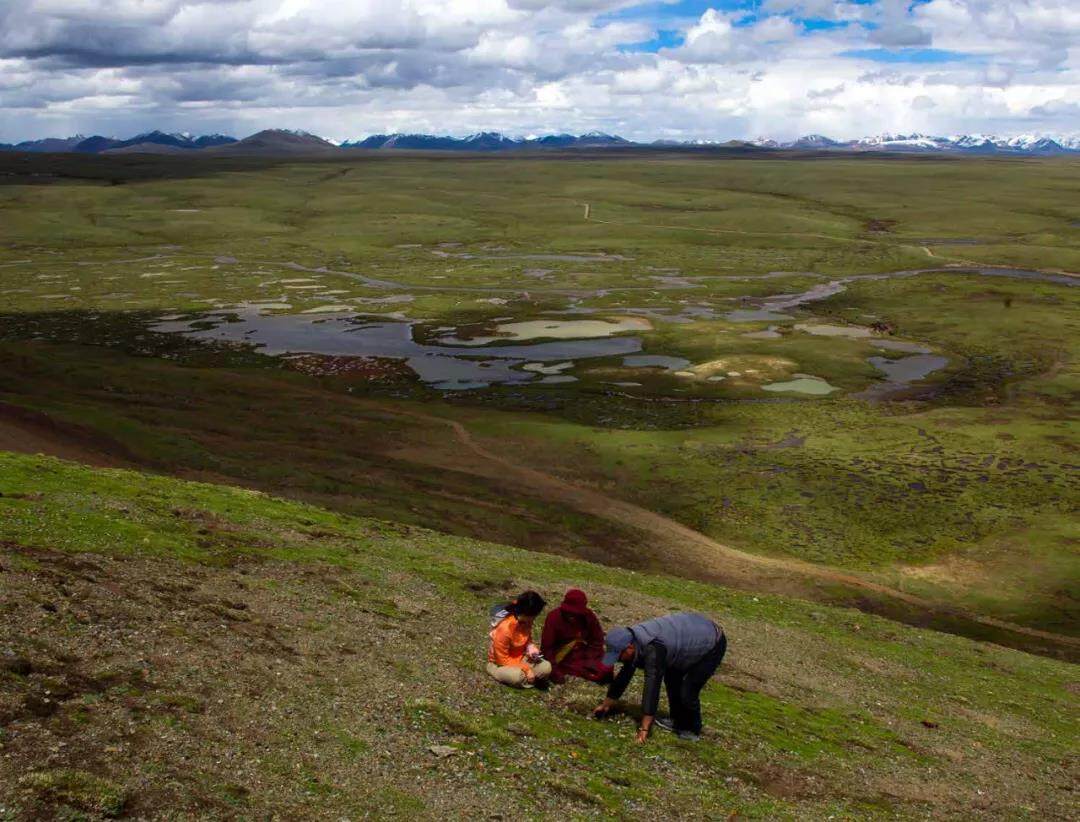
Due to the limitation of climate and other conditions, the Medica wetland is not very rich in plant species. Among them, Gramineae has the largest number of species. This is the interview team members excitedly told us that a few cordyceps were found on the slope
In recent decades, affected by global warming and human and animal activities, grasslandization and even desertification have appeared in some areas, and peat swamp meadows, grasslands and even desertification have appeared in some areas. The degradation of frozen soil will cause the alpine swamp meadow to succeed to the alpine meadow and alpine grassland, and the vegetation coverage and root system will change accordingly, which will weaken the regulation effect of vegetation on soil water content and conserve and regulate surface water. Storage capacity declines.
Under the background of global warming, it will inevitably lead to the further degradation of permafrost in the plateau. This will not only lead to ground deformation in permafrost regions and affect the stability of regional engineering geology, but also lead to hydrogeological conditions in permafrost regions. Changes have taken place, which in turn will affect the regional water resources cycle and the ecological environment. Therefore, protecting the wetland environment and coping with climate change are practical issues we face.
An important ecosystem on the Qinghai-Tibet Plateau
The Medica Wetland National Nature Reserve is the most representative and typical plateau lake marsh wetland on the Qinghai-Tibet Plateau. The ecosystem of the Qinghai-Tibet Plateau is dominated by wetlands. Five major international wetlands, including wetland, Tibet's Mapangyongcuo wetland, and Sichuan Ruoergai wetland, jointly maintain the ecological security of the Qinghai-Tibet Plateau.
Medica is also the source of the Lhasa River. The ecological location is important. It has strong naturalness, rarity, fragility, diversity, and typicality, and has great protection value. It has extremely important ecological, social and economic benefits for protecting the water ecological safety of the Lhasa River, stabilizing the excellent water quality of the Lhasa River, maintaining the landscape pattern of the Lhasa River, and protecting the ecological environment of the Lhasa River Basin.
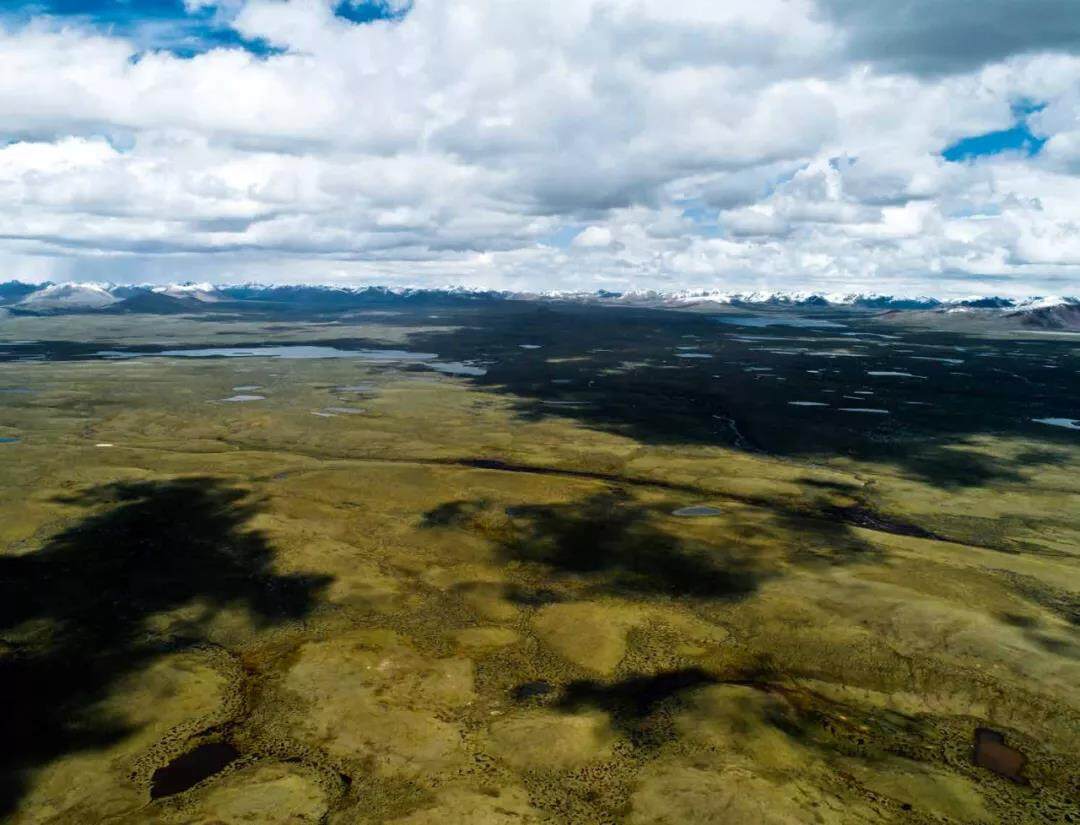
Maidi Maidika is also the source of the Lhasa River. The ecological location is important. It has strong naturalness, rarity, fragility, diversity, and typicality, and has great conservation value.
In addition, Tibet’s Medica wetland has great scientific research value, economic and social value, and great protection value. In terms of scientific research value, Medica Wetland is an ideal place to study plateau lake and wetland ecology, marsh wetland ecology, and river wetland ecology. There are many types of wetlands and a large number of lakes; Medica Wetland is an important gene bank and typical ecology of plateau organisms. The system is a habitat and breeding ground for many waterfowl and other organisms, and a natural place for studying the genetics and species protection of plateau organisms;
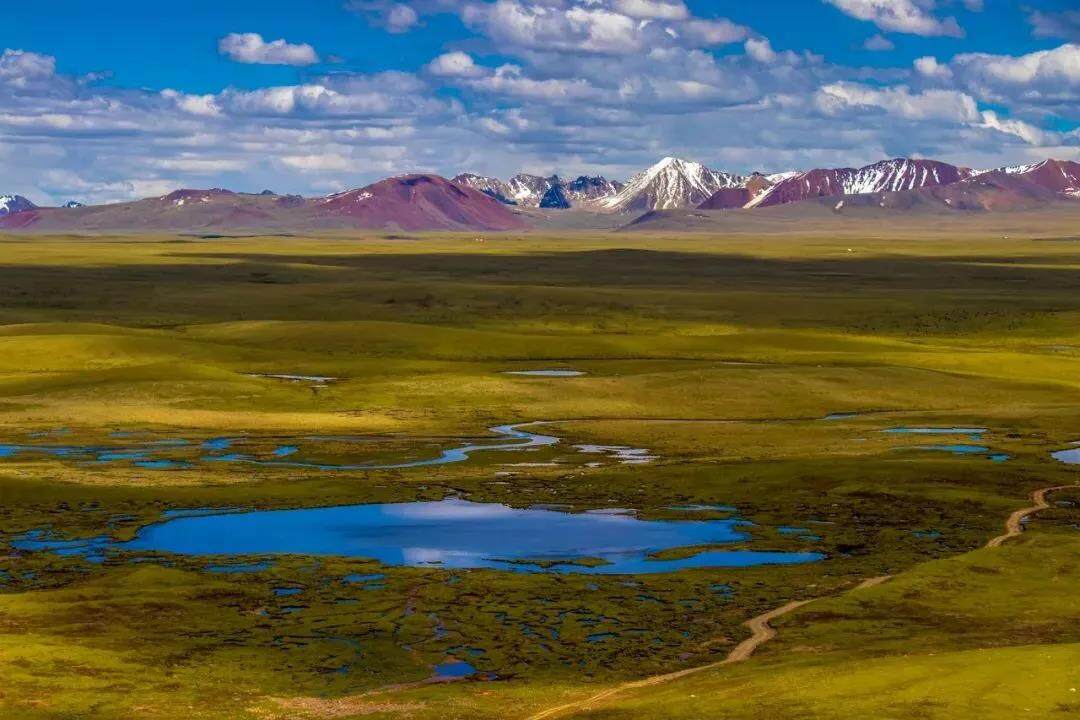
The Medica wetland also has a great impact on the regional climate. On the cold and arid plateau, the rich wetland resources have a strong correlation with the regional economy. It also has research value for adjusting the surrounding climate and improving the microclimate environment of the pasture. In terms of economic and social value, the Medica wetland is the source of the Lhasa River. Effective protection of the wetland can give full play to its water supply function, runoff regulation function, and water purification function of the Lhasa River. The ecological environment, stabilizing the excellent water quality of the Lhasa River is of great significance, and its value is immeasurable. Editor/He Yuting
Comment
 Praise
Praise
 Collect
Collect
 Comment
Comment
 Search
Search


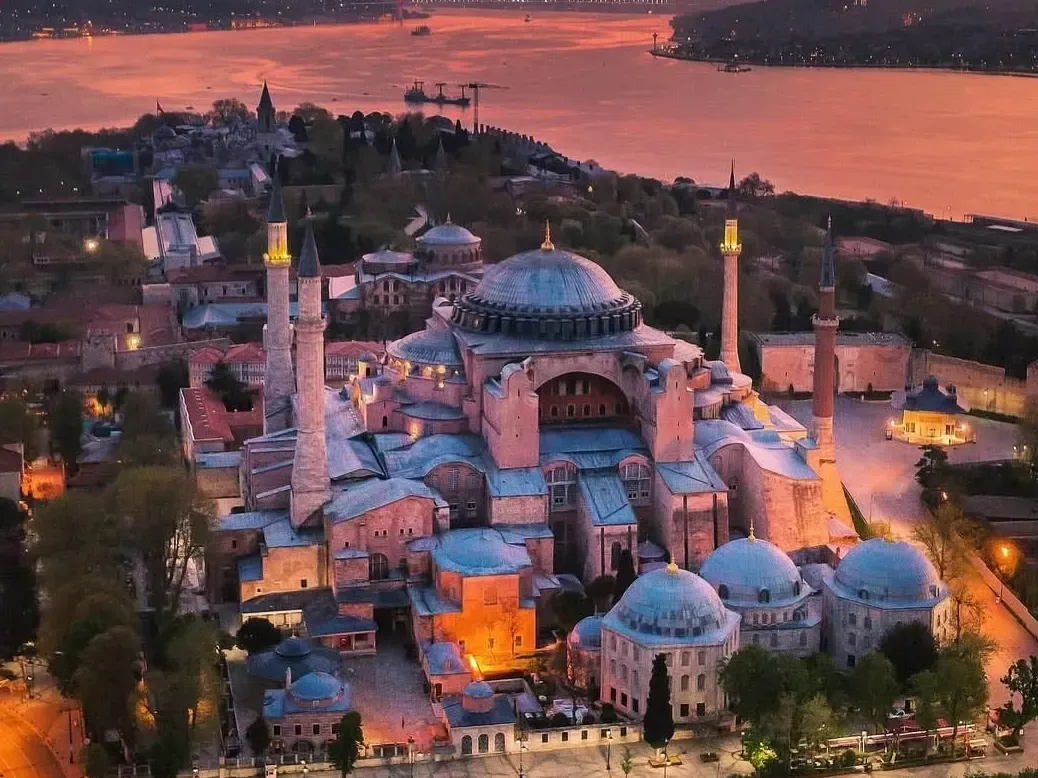
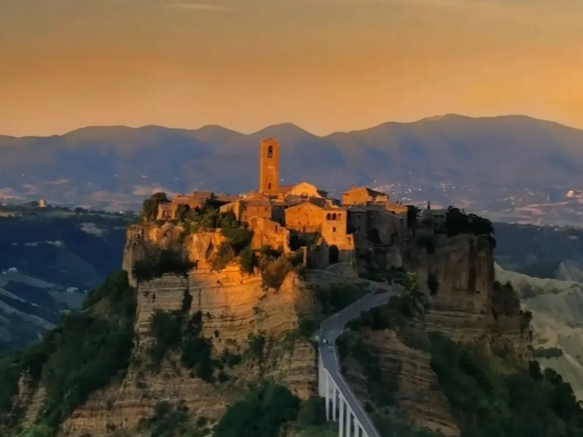
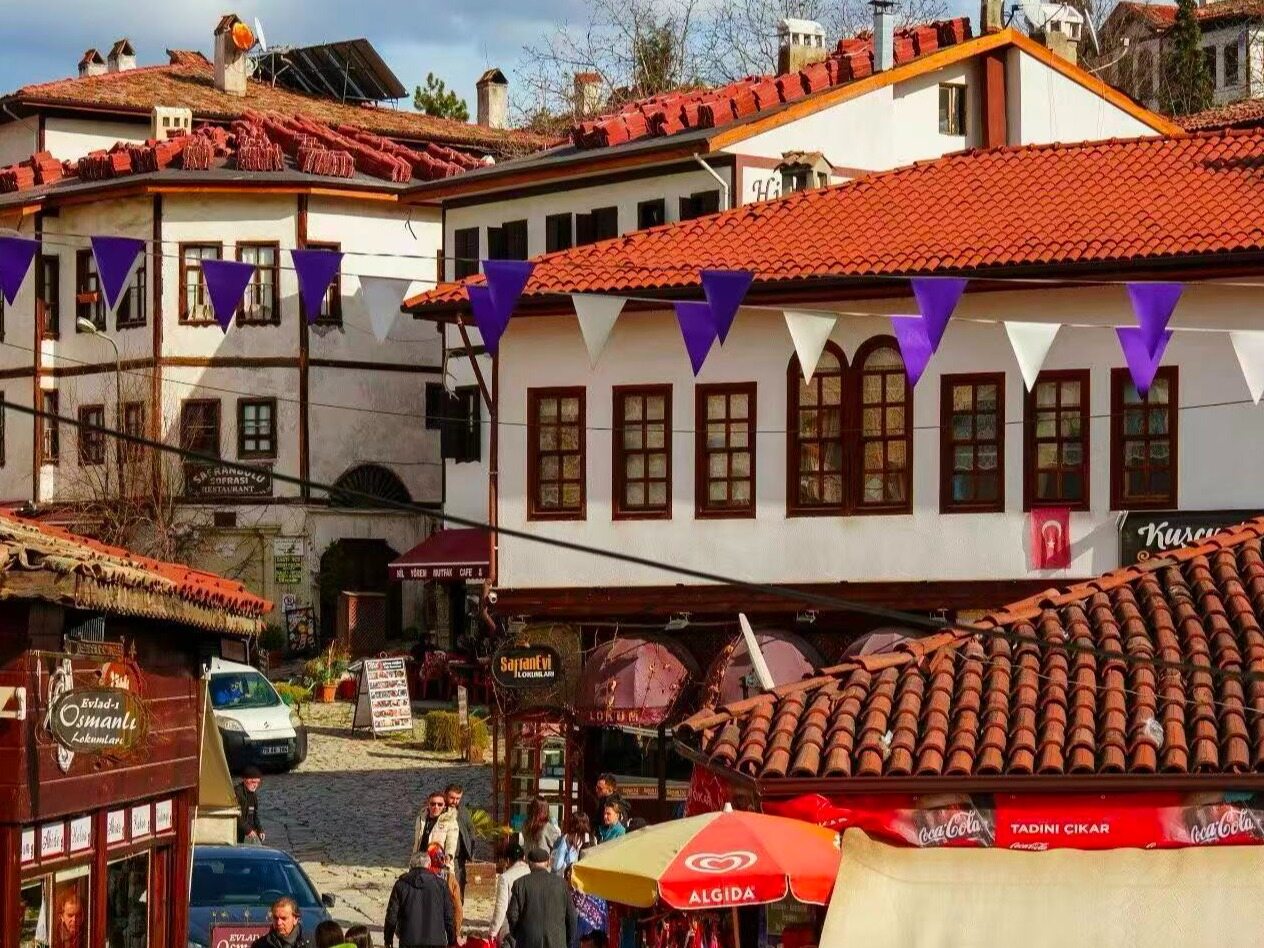
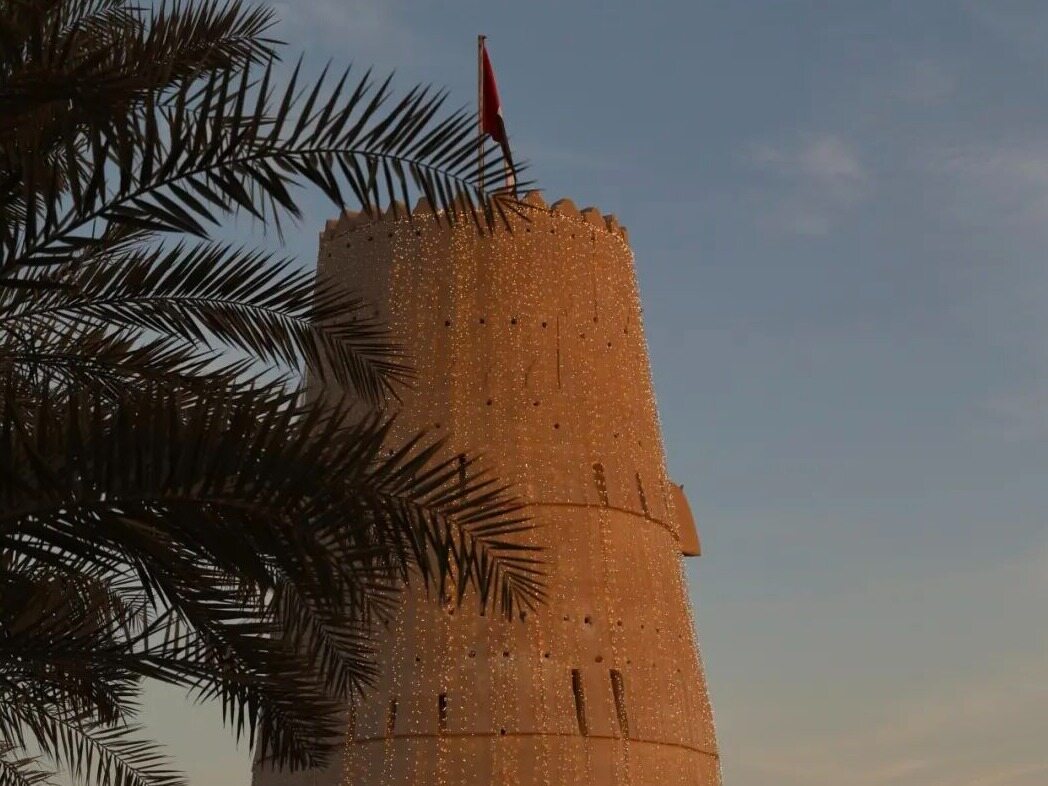








Write something~